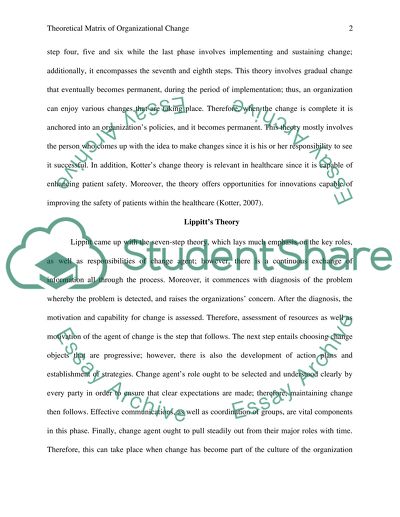Cite this document
(“Theoretical Matrix of Organizational Change Research Paper”, n.d.)
Retrieved from https://studentshare.org/nursing/1454170-theoretical-matrix-of-organizational-change
Retrieved from https://studentshare.org/nursing/1454170-theoretical-matrix-of-organizational-change
(Theoretical Matrix of Organizational Change Research Paper)
https://studentshare.org/nursing/1454170-theoretical-matrix-of-organizational-change.
https://studentshare.org/nursing/1454170-theoretical-matrix-of-organizational-change.
“Theoretical Matrix of Organizational Change Research Paper”, n.d. https://studentshare.org/nursing/1454170-theoretical-matrix-of-organizational-change.


